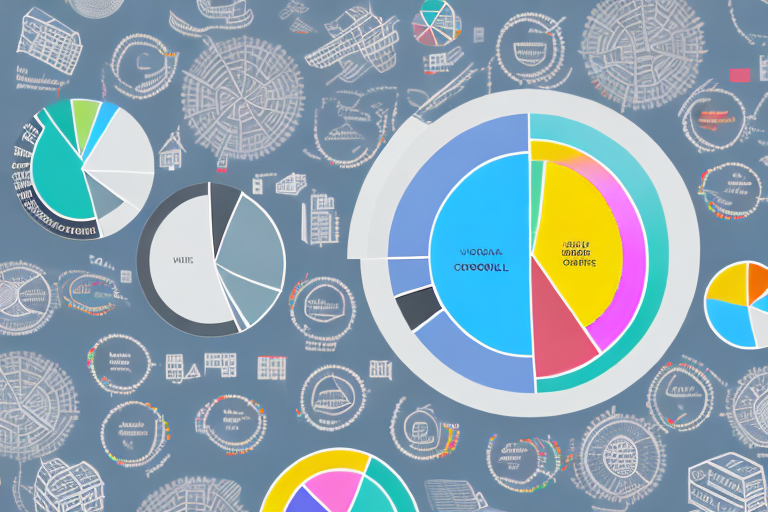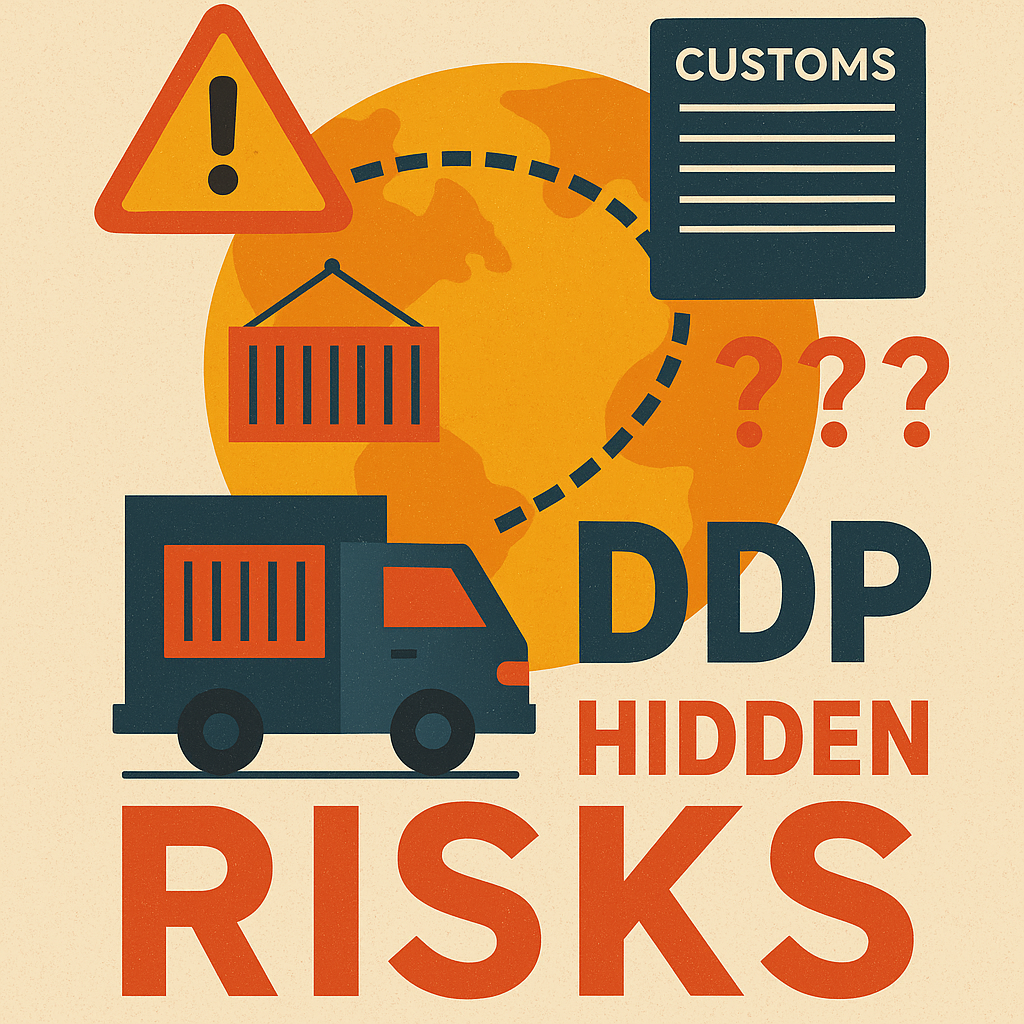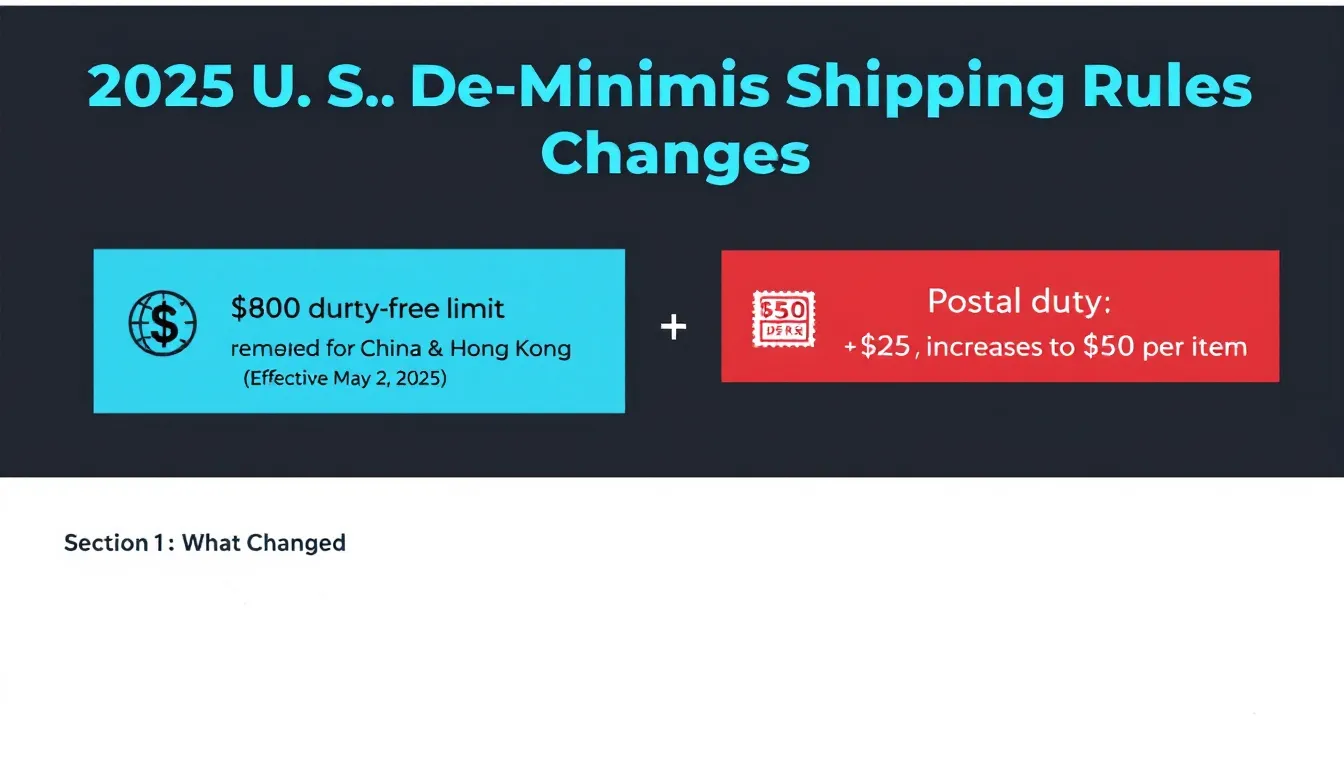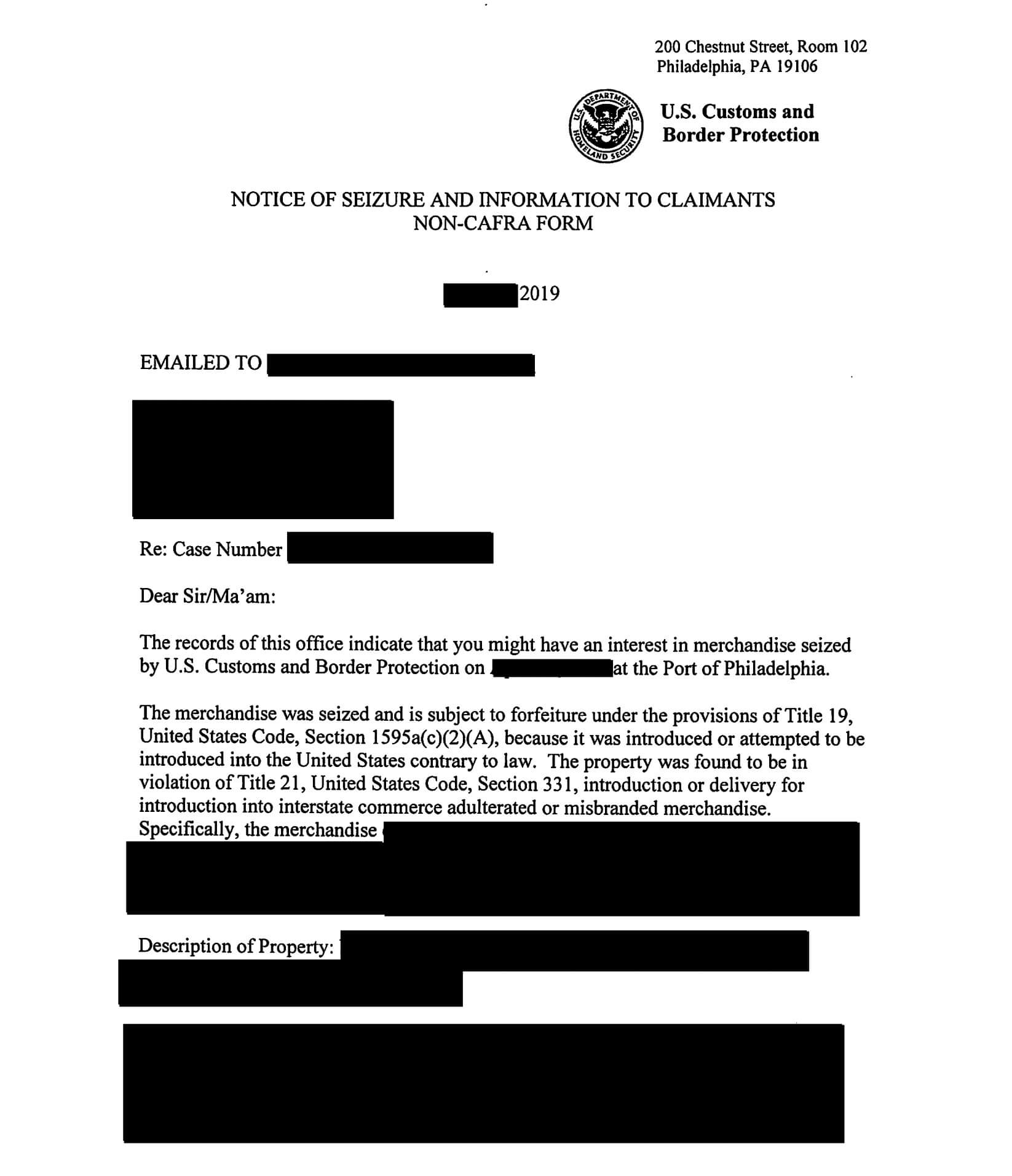Import classification and valuation are crucial aspects of international trade that play a significant role in customs compliance and the determination of import duties. Understanding the basics of import classification and the role of import valuation is essential for businesses engaged in cross-border trade. In this article, we will delve into the various factors affecting import classification and valuation, explore the different methods employed in determining import classification, and discuss the implications of incorrect import classification and valuation. We will also provide best practices for effective import classification and valuation, along with tips for efficiently managing these processes.
Understanding the Basics of Import Classification
Import classification refers to the systematic categorization of goods based on specific criteria. It involves assigning a unique code, such as the Harmonized System (HS) code, to each product. Import classification serves several purposes, including customs duty determination, statistical analysis, and regulatory compliance. The HS code is an internationally standardized system that enables countries to classify traded goods based on their nature, composition, and intended use. It provides a universal language for identifying and classifying products, facilitating smooth international trade.
Proper import classification requires a comprehensive understanding of product specifications and characteristics. It involves considering aspects such as materials, functionalities, uses, and industry-specific regulations. A misclassification can result in incorrect determination of customs duties, leading to potential penalties and delays in customs clearance. Therefore, businesses must invest sufficient time and resources in ensuring accurate import classification.
The Role of Import Valuation in International Trade
Import valuation involves determining the customs value of imported goods, which is crucial for assessing import duties, calculating transportation costs, and complying with trade regulations. The customs value represents the total value of the imported goods, including the cost of the goods, the transportation and insurance charges, and any additional expenses incurred until the goods cross the border.
The World Trade Organization’s (WTO) Agreement on Customs Valuation provides guidelines for determining the customs value based on six valuation methods. These methods aim to ensure that the customs value is determined in a fair and consistent manner, preventing any manipulation or undervaluation of goods. Importers must carefully analyze their transactional data and select the most appropriate valuation method to avoid inaccuracies or non-compliance.
Factors Affecting Import Classification and Valuation
Various factors influence import classification and valuation. These include the nature of the goods, the applicable regulations and trade policies, the country of origin, and any applicable trade agreements. Understanding these factors is crucial for businesses to accurately classify their imports and determine the customs value.
Product specifications play a fundamental role in import classification. The descriptions, quantities, functions, and components of the goods must be critically assessed to identify the correct HS code and determine the customs value accurately. Furthermore, businesses must stay updated with the ever-evolving regulatory environment and trade policies that can impact import classification and valuation.
Exploring the Different Methods of Import Classification
There are multiple methods employed in import classification, each suited for different types of goods and industries. The primary method is the use of HS codes, which provide a standardized classification system accepted globally. HS codes consist of up to ten digits, with each digit representing a specific level of classification, from the broader category to the finer details of a product. Importers must carefully analyze their goods and identify the most accurate HS code for each import to ensure compliance and facilitate customs clearance.
In addition to HS codes, businesses may need to use additional classification systems, such as tariff codes, specific to a particular country or region. These codes provide further details and granularity for trade purposes, accounting for unique regulations and requirements. It is essential to consult country-specific regulations and customs authorities to determine the appropriate classification systems.
Common Challenges in Accurate Import Valuation
Accurate import valuation can be challenging due to various factors. One common challenge is determining the correct customs value when there are various charges and expenses associated with the import process. It is crucial to consider all expenses such as transportation costs, insurance charges, royalties, license fees, and any other expenses that may relate to the imported goods.
A second challenge stems from discrepancies or inconsistencies in the documentation provided by the seller or exporter. In such cases, importers must ensure proper due diligence and request additional supporting documentation or information to accurately determine the customs value. Clear communication and collaboration with suppliers are vital to minimize any inaccuracies or discrepancies in import valuation.
The Importance of Accurate Import Classification for Customs Compliance
Accurate import classification is of paramount importance for customs compliance. Customs authorities worldwide heavily rely on import classification to assess the correct amount of customs duty, determine any applicable trade restrictions, and ensure compliance with product-specific regulations. Misclassification or inaccurate classification can lead to penalties, delays in customs clearance, and even legal consequences.
Moreover, accurate import classification contributes to efficient supply chain management and better risk assessment. By correctly classifying imports, businesses can comply with various safety and security regulations, facilitate customs smooth clearance, and minimize the risk of delays or disruptions in their supply chains.
Key Differences Between Harmonized System Codes and Tariff Codes
Harmonized System (HS) codes and tariff codes are both classification systems used in international trade. However, there are key differences between the two. HS codes provide a global standard for product classification, facilitating trade between countries. They are widely accepted and used by customs authorities worldwide. Tariff codes, on the other hand, are specific to a particular country or region and provide further details necessary for tariff assessments. Tariff codes may be more granular and tailored to the specific regulations and requirements of the concerned country or region.
While HS codes provide a common language for global trade, businesses must also familiarize themselves with country-specific tariff codes to ensure accurate classification and proper compliance with local regulations and duties.
How to Determine the Correct Customs Value for Imported Goods
Determining the correct customs value for imported goods involves a systematic process that considers various elements. The World Customs Organization’s (WCO) Agreement on Customs Valuation provides guidelines for determining the customs value based on six methods, including the transaction value method, the most common approach.
The transaction value method relies on the price actually paid or payable for the imported goods and includes all costs and charges incurred until the goods arrive at the importing country’s border. Importers should carefully examine their transactional documents, such as contracts, invoices, and payment records, to ensure that the correct customs value is reported.
An Overview of the World Customs Organization’s Valuation Methods
The World Customs Organization’s (WCO) Agreement on Customs Valuation offers six valuation methods to determine the customs value accurately. These methods allow flexibility in determining the customs value while ensuring consistency and fairness in international trade. The six methods are:
- The Transaction Value Method: Based on the price actually paid or payable for the imported goods.
- The Transaction Value of Identical Goods Method: Used when identical goods have been sold for export to the same country at or about the same time.
- The Transaction Value of Similar Goods Method: Used when similar goods have been sold for export to the same country at or about the same time.
- The Deductive Value Method: Based on the selling price of the goods in the importing country, minus certain costs and expenses.
- The Computed Value Method: Determined based on the cost of production, profit, and general expenses.
- The Fall-Back Method: Employed when none of the previous methods can be applied.
Importers must carefully evaluate their circumstances and select the most appropriate valuation method to determine the correct customs value for their imported goods.
Best Practices for Effective Import Classification and Valuation
Adopting best practices for import classification and valuation is essential to ensure accurate classification, proper compliance, and efficient customs clearance. The following are some key best practices that businesses should consider:
1. Invest in Skill Development: Import classification and valuation require a deep understanding of product specifications and the regulatory environment. Businesses should invest in skill development through both internal training programs and external resources to enhance their expertise in these areas.
2. Establish Clear Product Specification Guidelines: To avoid misclassification, businesses should establish clear guidelines outlining the necessary information for accurate import classification. These guidelines should cover details such as materials, functionalities, components, and industry-specific regulations.
3. Collaborate with Suppliers and Customs Brokers: Clear communication and collaboration with suppliers and customs brokers can significantly improve the accuracy of import classification and valuation. By maintaining open lines of communication and sharing relevant information, businesses can obtain the necessary documentation and clarify any uncertainties.
4. Regularly Review and Update Classification Data: Importers should periodically review and update their classification data to incorporate changes in product specifications, industry regulations, or trade agreements. This practice ensures ongoing compliance and accurate determination of customs duties.
The Implications of Incorrect Import Classification and Valuation
The implications of incorrect import classification and valuation can be significant for businesses engaged in international trade. Misclassification or undervaluation of goods can lead to penalties, fines, and delayed customs clearance. Moreover, customs authorities may impose interest charges on any underpaid duties, resulting in additional financial burdens.
Incorrect classification and valuation can also lead to reputational damage and strained relationships with suppliers and customers. Non-compliance can result in delays in supply chains and impact business operations. Therefore, it is crucial for businesses to prioritize accurate classification and valuation to avoid potential risks and consequences.
Strategies to Minimize Risks and Avoid Penalties in Import Classification and Valuation
To minimize risks and avoid penalties related to import classification and valuation, businesses should adopt the following strategies:
1. Conduct Internal Audits: Regularly conduct internal audits to ensure compliance with import classification and valuation requirements. These audits can identify any discrepancies or shortcomings in classification practices and enable businesses to rectify them promptly.
2. Seek Guidance from Experts: When in doubt, consult with experts in import classification and valuation. Experienced customs brokers, consultants, or legal professionals can provide valuable insights and guidance to ensure accuracy and compliance.
3. Stay Updated with Changes in Regulations: Importers must stay updated with the ever-changing regulations and trade policies that may impact import classification and valuation. Subscribing to relevant newsletters, participating in industry forums, and engaging with trade associations can help businesses stay informed and adapt their practices accordingly.
4. Maintain Accurate Documentation: Accurate documentation is crucial for import classification and valuation. Importers should maintain detailed records of their transactions, including contracts, invoices, and shipping documents, to support the accuracy of their classification and valuation.
Case Studies: Successful Import Classification and Valuation Practices in Various Industries
In examining successful import classification and valuation practices, it becomes evident that businesses across various industries employ different approaches based on their specific requirements and challenges. For example, in the automotive industry, accurate classification and valuation of vehicle components and accessories are crucial to comply with industry-specific regulations and determine appropriate customs duties. On the other hand, the pharmaceutical industry requires meticulous import classification and valuation processes to ensure compliance with regulatory requirements and safeguard public health.
The key takeaway is that each industry must tailor its import classification and valuation practices to suit its unique needs and requirements. Learning from successful case studies can provide insights and inspiration for businesses in similar industries.
The Role of Technology in Streamlining Import Classification and Valuation Processes
Advancements in technology have greatly facilitated import classification and valuation processes. Importers now have access to powerful software and platforms that automate and streamline these processes, reducing manual effort and enhancing accuracy. These technology solutions often utilize artificial intelligence and machine learning algorithms to analyze product specifications and determine the most accurate classification and valuation.
Additionally, technology enables seamless integration with customs authorities’ systems, allowing importers to submit accurate classification and valuation information electronically. This integration minimizes the risk of errors and expedites the customs clearance process, leading to enhanced efficiency and reduced costs.
Navigating Complexities: Tips for Efficiently Managing Import Classification and Valuation
Effectively managing import classification and valuation requires a strategic and efficient approach. The following tips can help businesses navigate the complexities of these processes:
1. Build Strong Partnerships: Forge strong partnerships with customs brokers, suppliers, and other stakeholders involved in the import process. Collaboration and open communication can facilitate the exchange of accurate information and minimize any ambiguities or errors.
2. Invest in Automation: Explore automation solutions, such as import management software, to streamline classification and valuation processes. Automation reduces the chances of human errors and accelerates the overall process, allowing businesses to focus on higher-value tasks.
3. Continuously Educate and Train Staff: Import classification and valuation practices evolve, as do regulations and industry-specific requirements. Continuously educate and train staff to keep them updated on the latest developments. This ongoing investment in their knowledge and skills will enhance accuracy and compliance.
4. Regularly Conduct Audits: Regularly audit import classification and valuation practices to identify any gaps or errors. These audits, whether internal or conducted by third-party experts, enable businesses to rectify any shortcomings and ensure ongoing accuracy and compliance.
In conclusion, import classification and valuation are critical processes in international trade. Businesses must understand the basics of import classification, the role of import valuation, and the factors that influence these processes. By implementing best practices, leveraging technology, and staying updated with regulations, businesses can minimize risks, ensure compliance, and optimize their import classification and valuation processes.






